How Does A Polarizing Filter Work ?
A polarizing filter works by selectively blocking certain orientations of light waves. It consists of a material that contains long, thin molecules aligned in a specific direction. When unpolarized light passes through the filter, the aligned molecules absorb the light waves vibrating in the same direction as their alignment, while allowing the perpendicular vibrations to pass through. This process results in the polarization of the transmitted light, allowing only light waves with a specific orientation to pass through the filter. By rotating the filter, the orientation of the allowed light waves can be adjusted, which is useful for controlling reflections, reducing glare, and enhancing contrast in photography and other applications.
1、 Light polarization and its properties
A polarizing filter is an optical device that selectively filters out polarized light waves based on their orientation. It works by allowing only light waves that are aligned in a specific direction to pass through, while blocking light waves that are oriented perpendicular to this direction.
Light is an electromagnetic wave that oscillates in all directions perpendicular to its propagation. However, when light interacts with certain materials or surfaces, it can become polarized, meaning its oscillations align in a specific direction. This polarization can occur naturally, such as when light reflects off a non-metallic surface like water or glass, or it can be artificially induced using a polarizing filter.
A polarizing filter consists of a material that contains long, parallel molecules. These molecules are aligned in a specific direction during the manufacturing process. When unpolarized light passes through the filter, the aligned molecules act as a series of tiny slits that only allow light waves oscillating in the same direction as the molecules to pass through. Light waves oscillating perpendicular to the aligned molecules are absorbed or scattered, effectively blocking them.
The ability of a polarizing filter to selectively transmit light waves based on their orientation has numerous applications. It is commonly used in photography to reduce glare and reflections from non-metallic surfaces, enhance color saturation, and improve contrast. Polarizing filters are also used in LCD screens, sunglasses, and scientific instruments to control the intensity and direction of light.
In recent years, there have been advancements in polarizing filter technology. Researchers have developed new materials and manufacturing techniques to create more efficient and versatile filters. Additionally, there is ongoing research exploring the use of polarizing filters in areas such as telecommunications, solar energy, and biomedical imaging. These advancements continue to expand our understanding of light polarization and its properties, leading to further improvements in polarizing filter technology.

2、 Mechanism of a polarizing filter
A polarizing filter is an optical device that selectively filters out polarized light waves. It consists of a material that contains long, parallel molecules that act as tiny slits or openings. These molecules are aligned in a specific direction, typically vertically or horizontally, depending on the type of polarizing filter.
When unpolarized light passes through a polarizing filter, it encounters these aligned molecules. The filter allows only the light waves that are oscillating in the same direction as the aligned molecules to pass through, while blocking or absorbing the light waves oscillating in other directions. This process is known as polarization.
The mechanism of a polarizing filter is based on the principle of light waves being transverse waves, meaning they oscillate perpendicular to the direction of their propagation. When light is emitted or reflected from a source, it vibrates in all directions, resulting in unpolarized light. However, when this unpolarized light passes through a polarizing filter, it becomes polarized, with its electric field oscillating in a specific direction.
Polarizing filters are commonly used in photography to reduce glare and reflections from non-metallic surfaces such as water or glass. They can also enhance the color saturation and contrast of the captured image. In addition, polarizing filters are used in various scientific and industrial applications, including LCD displays, sunglasses, and optical microscopy.
It is worth mentioning that recent advancements in technology have led to the development of circular polarizing filters. These filters consist of an additional quarter-wave plate that converts the linearly polarized light into circularly polarized light. Circular polarizing filters are particularly useful in photography when used with cameras that have through-the-lens (TTL) metering systems, as they prevent interference with the camera's autofocus and exposure sensors.
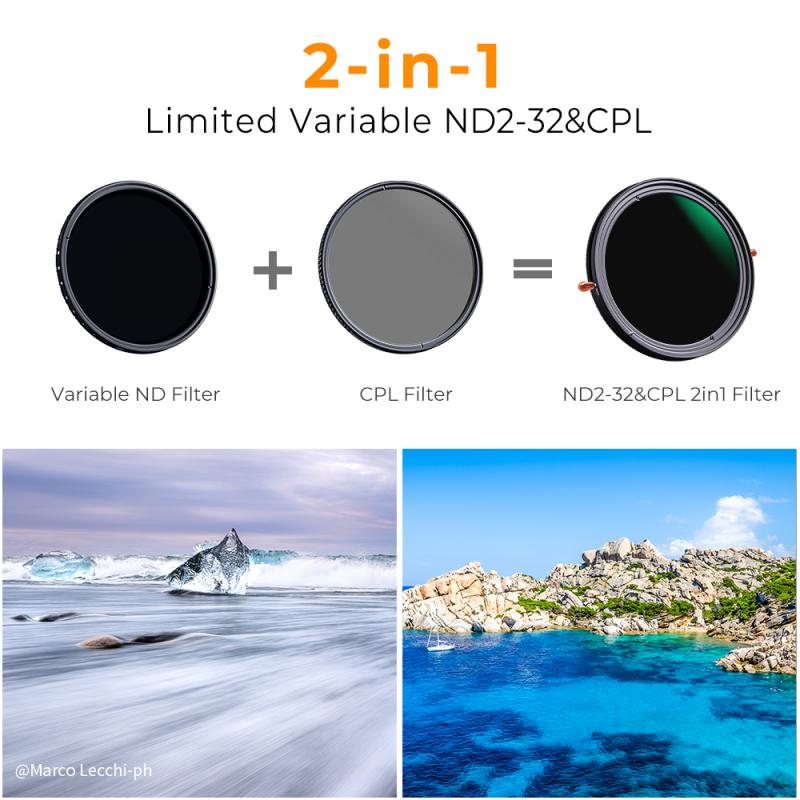
3、 Selective absorption and transmission of polarized light
A polarizing filter is an optical device that selectively absorbs and transmits polarized light. It achieves this by utilizing the principle of polarization, which refers to the orientation of the electric field vector of light waves. Light waves can vibrate in multiple directions, but when they pass through certain materials, they become polarized, meaning their electric field vectors align in a specific direction.
A polarizing filter consists of a material that contains long-chain molecules aligned in a specific direction. These molecules act as tiny slits that only allow light waves vibrating in a particular direction to pass through, while blocking or absorbing light waves vibrating in other directions. This selective absorption and transmission of polarized light is what enables the polarizing filter to control the intensity and direction of light.
When light passes through a polarizing filter, it becomes polarized in the same direction as the filter's molecules. If the light waves are already polarized in the same direction as the filter, they can easily pass through. However, if the light waves are polarized in a different direction, they encounter the aligned molecules and are absorbed or blocked.
The latest point of view on polarizing filters involves advancements in technology and materials. Modern polarizing filters are typically made using thin films or coatings that contain microscopic structures. These structures are designed to selectively absorb or transmit light waves based on their polarization. This allows for more precise control over the filtering process and enhances the overall performance of the filter.
Polarizing filters have numerous applications in various fields, including photography, cinematography, microscopy, and scientific research. They are commonly used to reduce glare and reflections, enhance color saturation, and improve contrast in outdoor photography. Additionally, they find applications in LCD screens, sunglasses, and polarized 3D glasses.
In conclusion, a polarizing filter works by selectively absorbing and transmitting polarized light. Through the use of aligned molecules or microscopic structures, the filter allows light waves vibrating in a specific direction to pass through while blocking or absorbing light waves vibrating in other directions. This technology continues to evolve, leading to more advanced and efficient polarizing filters.

4、 Reduction of glare and reflections using a polarizing filter
A polarizing filter is a tool used in photography and other optical applications to reduce glare and reflections. It works by selectively blocking certain light waves that are oriented in a specific direction.
When light waves bounce off a non-metallic surface such as water, glass, or foliage, they become polarized, meaning they vibrate in a particular direction. This polarization causes the light waves to align in a horizontal or vertical orientation, resulting in glare and reflections that can be distracting or obstructive in photographs.
A polarizing filter consists of a material that contains microscopic parallel lines or molecules. These lines or molecules act as a barrier, allowing only light waves vibrating in a specific direction to pass through while blocking the rest. By rotating the filter, the photographer can adjust the angle at which the filter blocks the light waves, effectively reducing or eliminating glare and reflections.
The reduction of glare and reflections using a polarizing filter has several benefits. Firstly, it enhances color saturation and contrast, making images appear more vibrant and vivid. Secondly, it improves clarity and detail by reducing atmospheric haze and increasing the visibility of distant objects. Lastly, it allows photographers to capture images through glass or water without unwanted reflections, enabling them to capture clear and unobstructed shots.
In recent years, advancements in technology have led to the development of circular polarizing filters, which are more commonly used in modern photography. These filters are designed to work with autofocus and metering systems found in digital cameras, making them more convenient and user-friendly.
Overall, the use of a polarizing filter is an effective way to control and manipulate light, resulting in improved image quality and reduced glare and reflections.
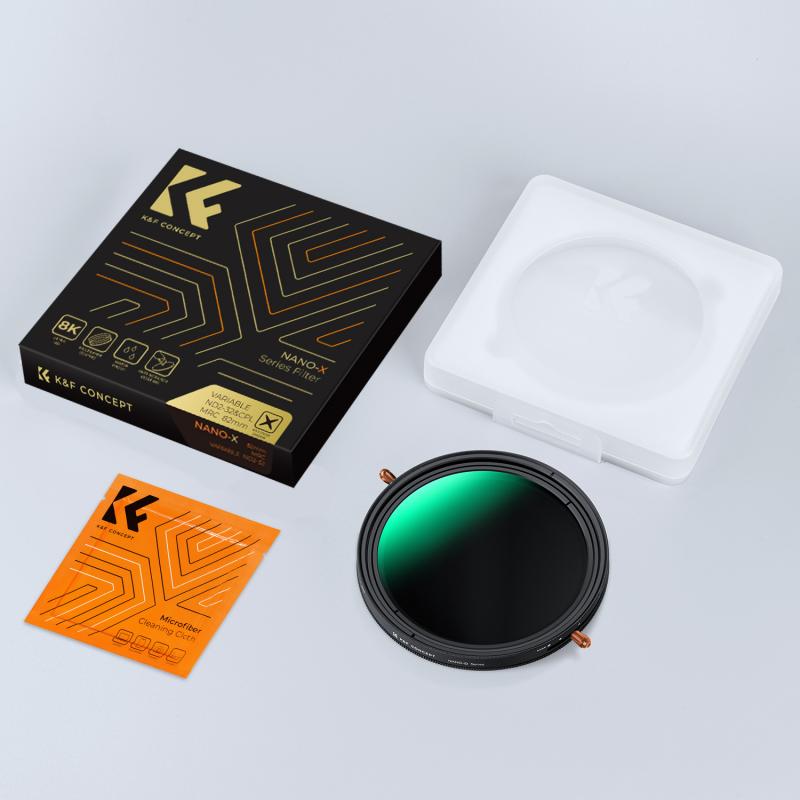


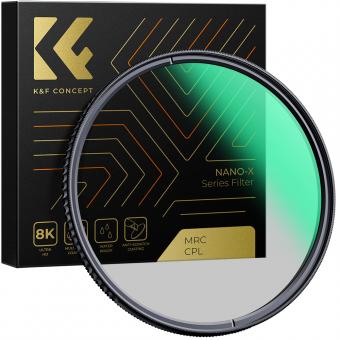



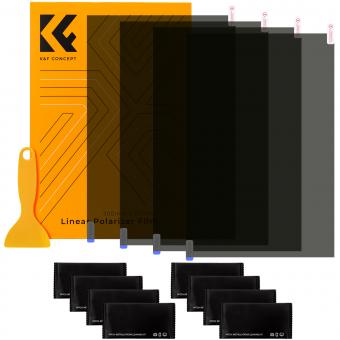
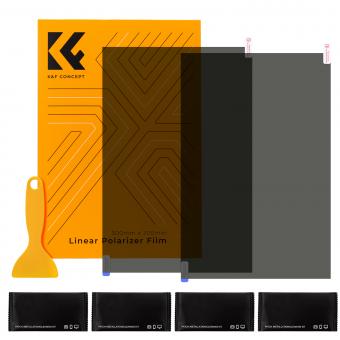

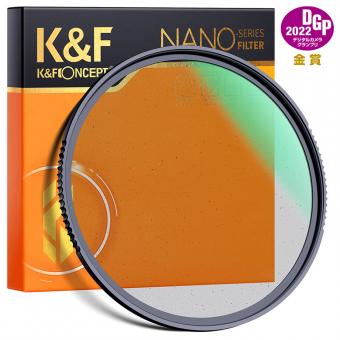

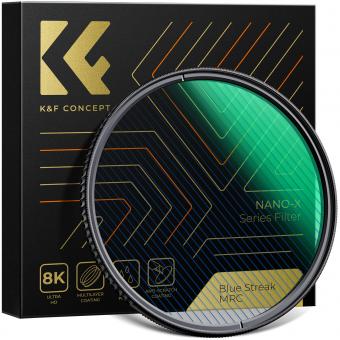





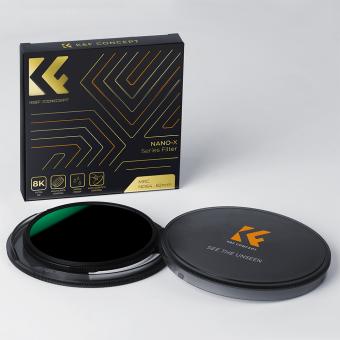
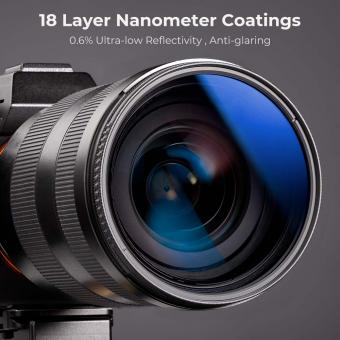











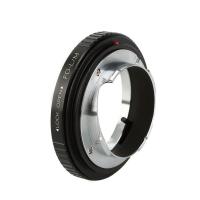







There are no comments for this blog.